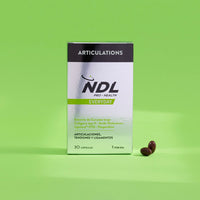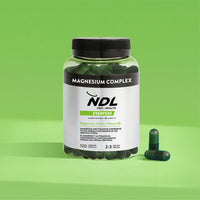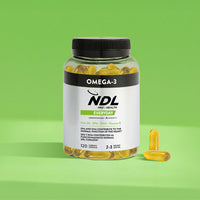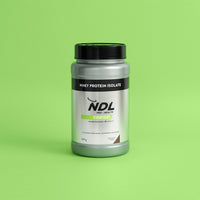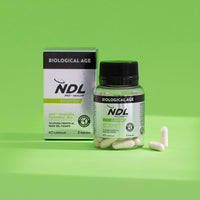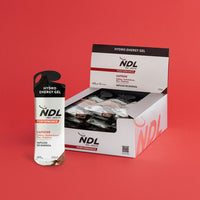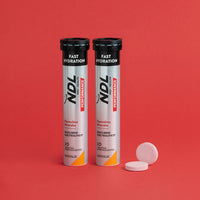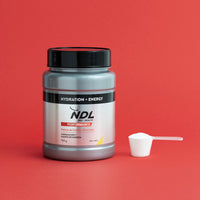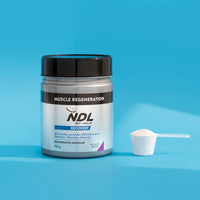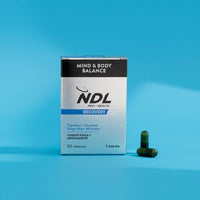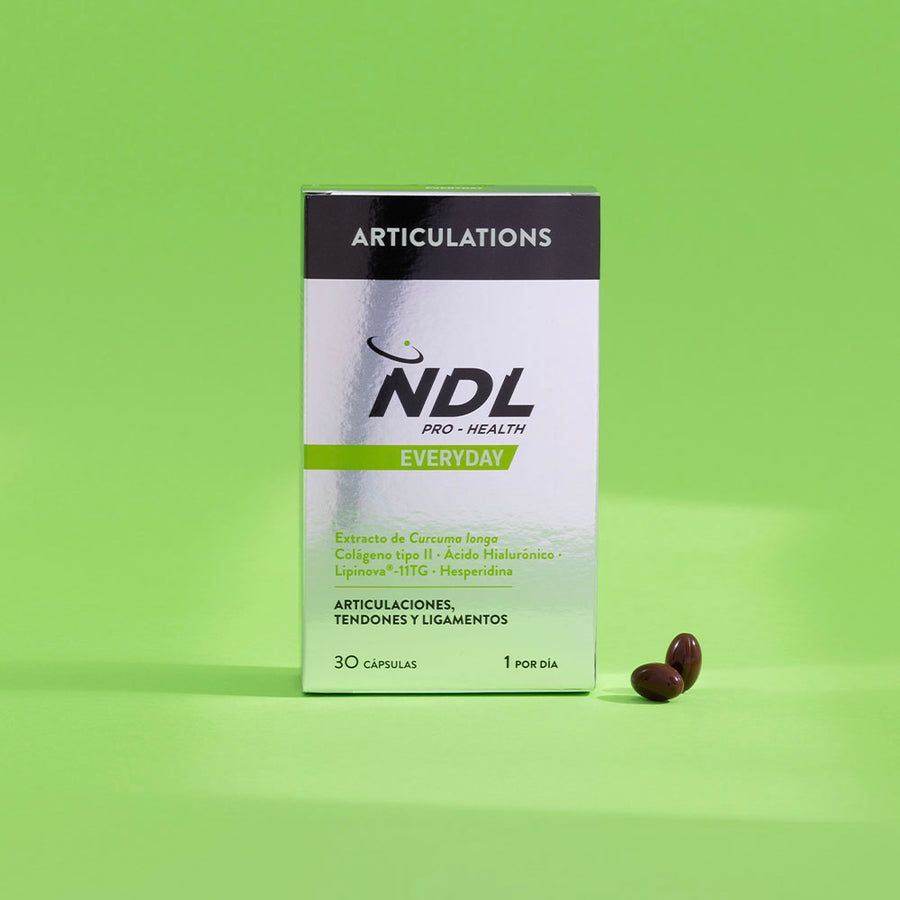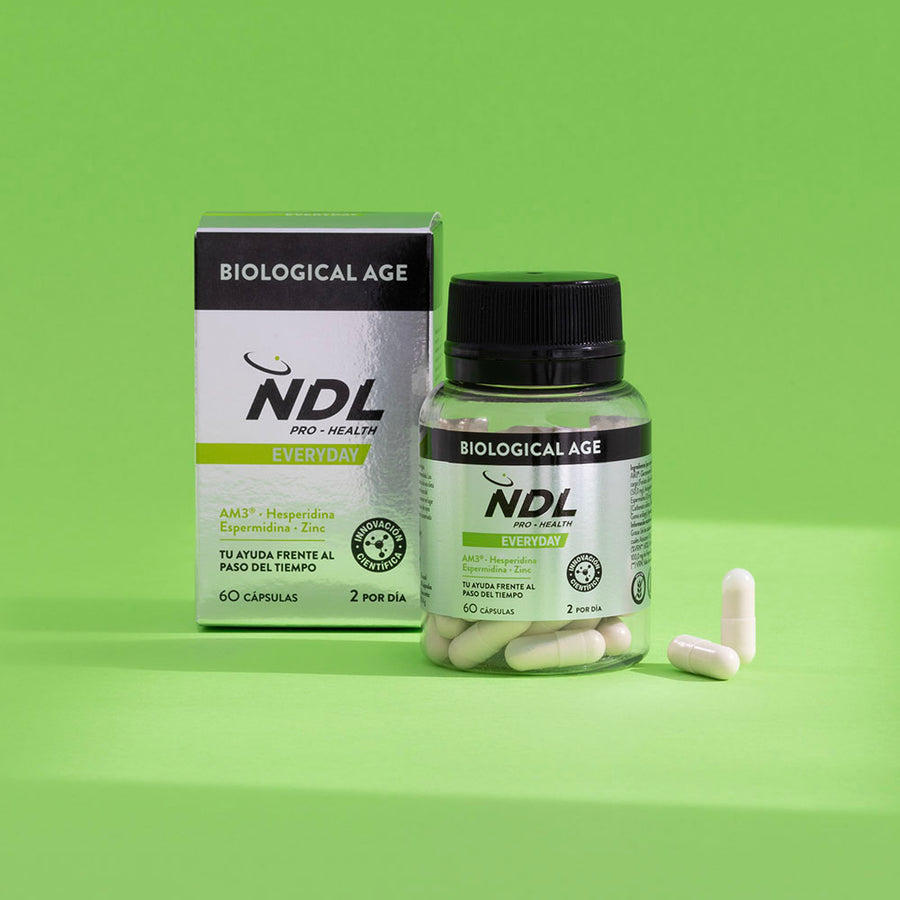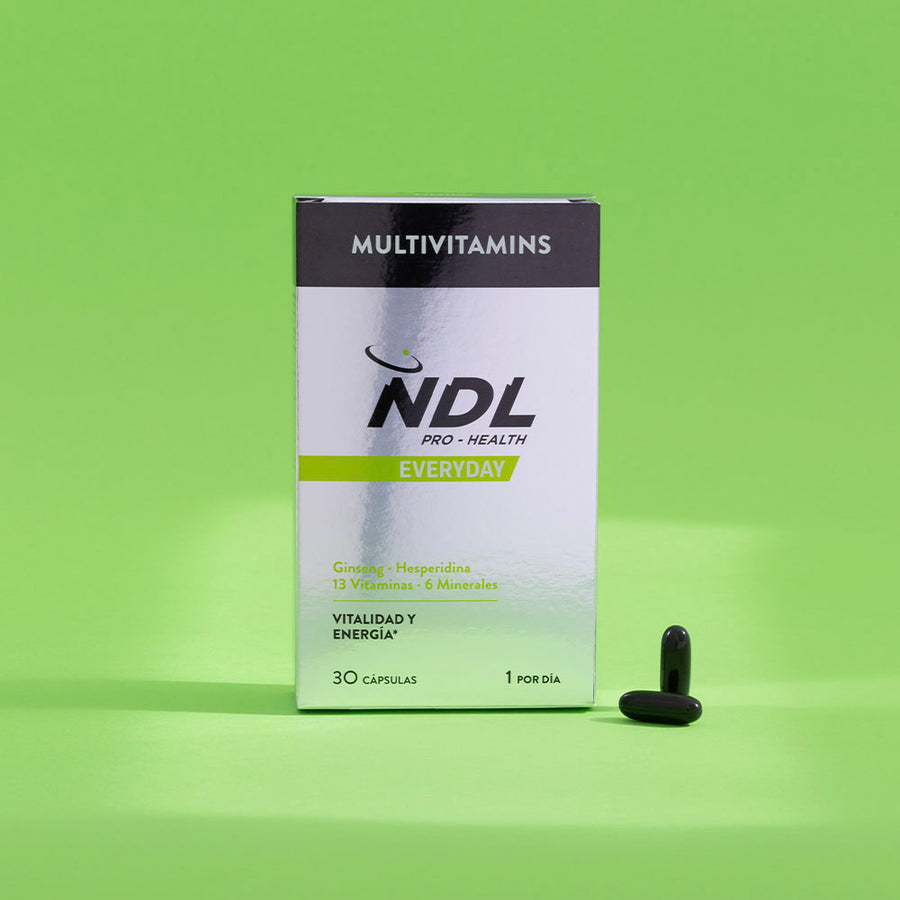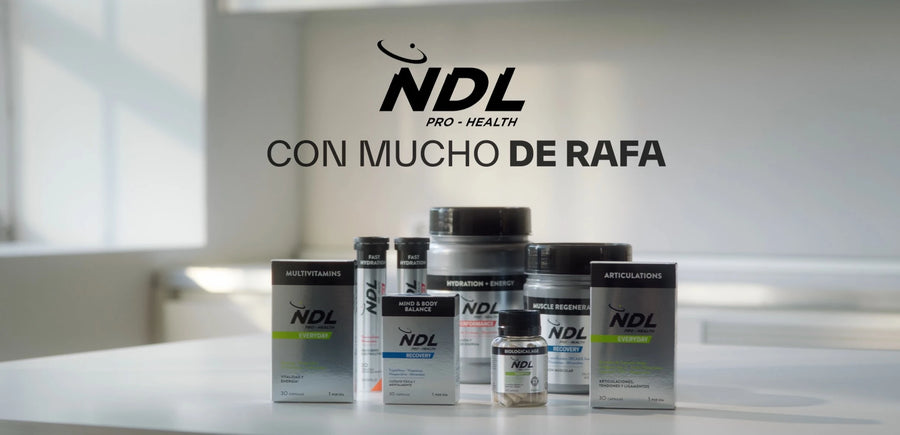Featured Products
Joints are essential structures for mobility, especially when engaging in physical activity. Performing strengthening exercises, stretching, and maintaining proper biomechanics can help preserve joint health. In some cases, joint supplements may also be beneficial for optimal performance and maintenance.
What joint diseases exist?
Joints can suffer from a variety of conditions and disorders. Among the most common are:
- Osteoarthritis. The most common joint disorder, affecting millions of people worldwide. It causes physical disability and pain due to pathological changes in the joint tissues, leading to structural damage in the cartilage and bone. Age is one of the most significant risk factors.
- Capsulitis. Acute inflammation affecting the synovial tissue surrounding the joint.
- Arthritis. Inflammation of the joint, which may be acute or chronic.
- Ligament injuries. Ligaments provide stability and define the range of motion of a joint. Injury can significantly hinder athletic activity and mobility.
- Dislocation. Occurs when a bone becomes displaced from its joint and cannot return to its original position.
Sometimes, physical activity and sports are linked to the development of joint injuries. Poor planning or execution of workouts, structural abnormalities, or weakness in muscles, tendons, and ligaments may contribute.

Likewise, the deterioration of physical condition and joint structures over time can also lead to injury, especially when training loads and recovery times are inadequate.
Some of the main causes of joint damage, leading to pain and limited mobility, include:
- Overweight and obesity
- Physical frailty, loss of muscle mass, and sarcopenia
- Impacts and trauma
- Physical inactivity
- Aging
- Biomechanical alterations
- Various pathologies (rheumatism, fractures, joint infections, etc.)
When a joint is inflamed or injured, rest and medical consultation are necessary.
How to prevent joint diseases
Here are some simple recommendations to prevent joint problems:
- Medical check-up. Especially important when starting a new physical activity or incorporating exercise into joint problem treatment plans.
- Maintain a healthy weight. Excess weight increases impact on all structures, especially the joints.
- Muscle strengthening. Particularly muscles around the joints.
- Warm up. Pre-exercise warm-ups optimize energy production mechanisms, improve muscle contraction, and increase flexibility of muscles and tendons.
- Stretching. After warming up, perform repetitive stretching of all muscle groups and joints.
- Post-workout recovery. After training or competition, engage in relaxation and cool-down exercises.
- Proper footwear. Helps absorb impact and reduce lower limb injuries. If there are biomechanical issues, custom insoles can enhance performance and prevent injuries.
- Exercise planning. Helps control fatigue and prevent muscle and joint injuries.
- Nutrition and hydration. A healthy diet providing sufficient energy and nutrients is essential for performance and injury prevention. Proper hydration before, during, and after exercise is also key, along with replenishing lost minerals.
- Joint-strengthening supplements. Not essential but may support performance, regeneration, and tissue repair, and help prevent injuries.
Which nutrients support joint health?
Certain nutrients and substances contribute to joint function by supporting the maintenance and regeneration of joint structures.
Collagen
Collagen is a key structural protein for joints, ligaments, and tendons.
It is composed of amino acids such as glycine, proline, and hydroxyproline. The body can synthesize it from its precursors.
However, studies suggest that supplemental collagen for joints may improve joint function and reduce pain associated with conditions like osteoarthritis.
Vitamin C
This antioxidant vitamin is involved in the natural formation of collagen in bones and cartilage.
Vitamin D
Vitamin D plays a crucial role in calcium absorption, essential for bone and joint health.
Fatty fish, eggs, and dairy can provide modest amounts, but the main source is through sun exposure.
Maintaining adequate levels of this vitamin may help prevent joint problems.
Minerals
Minerals such as magnesium, manganese, and copper help maintain bones and cartilage in normal condition.
Omega-3 fatty acids
Omega-3s, found mainly in fatty fish and some seeds, help prevent physiological inflammation.
Antioxidants
Antioxidants fight oxidative stress that can damage joints. Fruits, vegetables, spices, and teas are rich in antioxidants.
Which foods strengthen my joints?
Given the variety of nutrients involved in musculoskeletal and joint health, a balanced, varied diet including all food groups supports optimal joint condition.
What supplements can I take for my joints?
There are many joint supplements containing vitamins, minerals, and other ingredients aimed at improving performance, promoting tissue regeneration, and preventing injuries.
Substances such as glucosamine, chondroitin sulfate, collagen, vitamins C and D, and omega-3 fatty acids play key roles in cartilage formation, joint elasticity, and lubrication.
However, evidence from studies on their supplementation is mixed.
It's advisable to consult experts to determine whether joint supplements are needed and, if so, to select the most suitable product.
Type II Collagen
Collagen is a structural protein vital for the elasticity of tissues. There are several types of collagen, with type II being predominant in cartilage.
Supplemental collagen has shown benefits for joint care, especially by replenishing degraded collagen following exercise.
Hyaluronic Acid
Hyaluronic acid is abundant in cartilage, tendons, and the synovial fluid within joints.
Oral supplementation has demonstrated its potential to reduce joint pain. However, pharmaceutical formulations must be adequate to ensure its delivery to the joints.
Curcumin
Curcumin is a natural antioxidant polyphenol found in turmeric, a spice in curry, with anti-inflammatory and antioxidant properties that aid post-exercise recovery.
Curcumin supplementation has improved various pain-related parameters, showing reduced muscle damage, lower inflammation and oxidative stress markers, and increased antioxidant capacity.
Hesperidin
Hesperidin is a flavonoid found in high concentrations in citrus fruits. It has antioxidant and anti-inflammatory properties that have been observed in various human studies.
What physical exercises are good for the joints?
Joints are complex structures that connect body segments and enable movement. They include the joint capsule, ligaments, and cartilage, and are lined by a synovial membrane that nourishes and protects all these structures.
Maintaining a high range of motion is essential. Joint mobility exercises are crucial to ensure joints are prepared for physical activity.
Joint mobility exercises should be combined with strength and endurance training to maintain joint stability.
NDL Pro-Health Articulations is a dietary supplement specially formulated to protect and prevent joint problems.
Sources
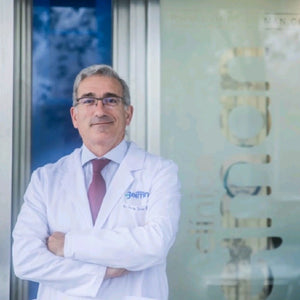
He has a degree in Medicine and Surgery and a Master in Medicine, Physical Exercise and Sport from the University of Granada; Master in Sports Traumatology from the University San Antonio de Murcia and Doctor in Medicine and Surgery and Doctor in Sciences Applied to Sport from the University of Cadiz. In his long career always linked to medicine and sport, he has been Head Physician of the first team of Sevilla FC, Head of Section in Sports Medicine of the Junta de Andalucía and Medical Director in Beiman Clinics. In addition to his professional dedication, he has developed an intense teaching, research and outreach work related to medicine and sport.

